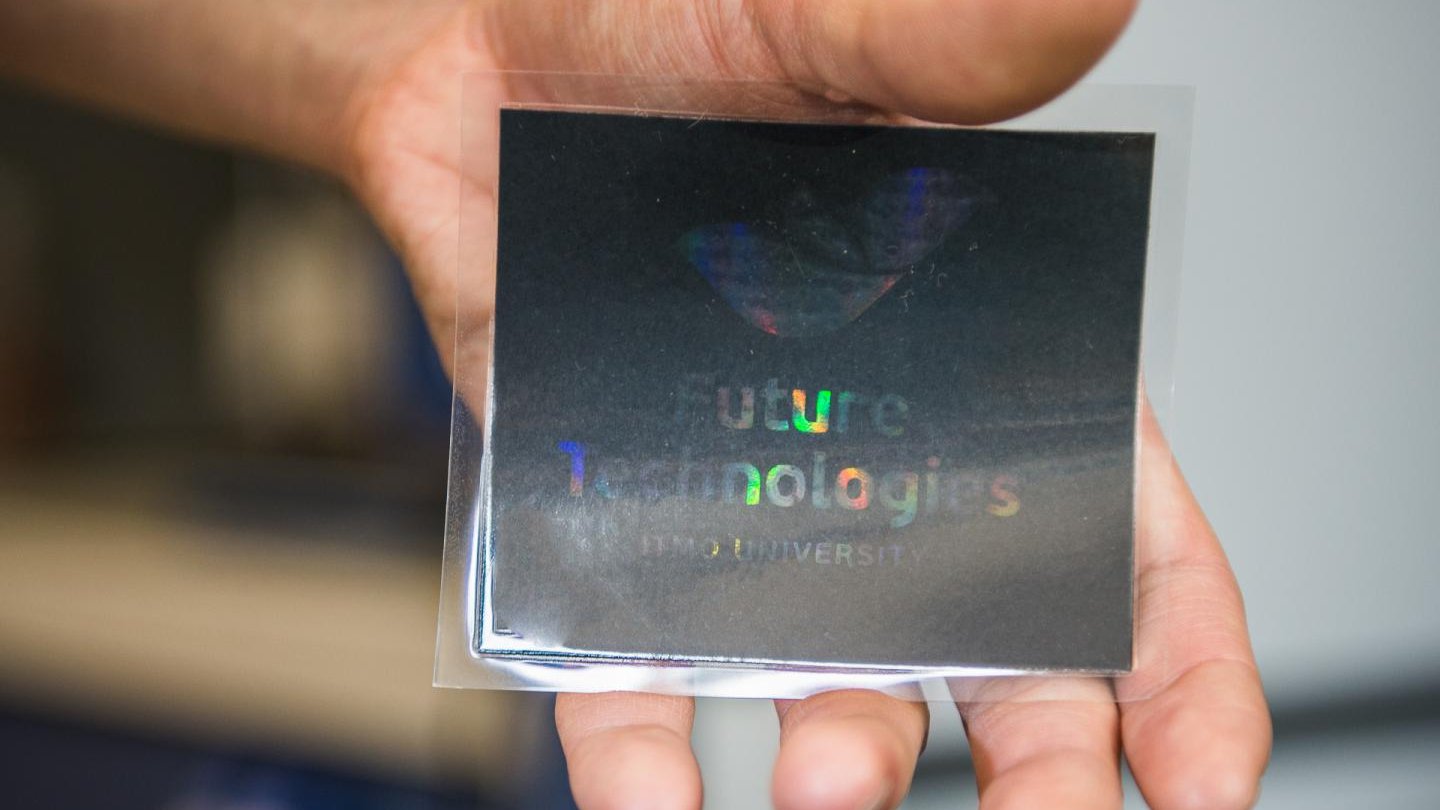Holograms can now be printed on an ordinary inkjet printer
Using nanocrystalline ink

Traditional techniques for making a 'rainbow' hologram - the ones you see on bank cards and cash - are time-consuming, expensive, and difficult. That's a big part of what gives them their security value.
But a new technique devised by chemists at ITMO University in St Petersburg can significantly reduce the cost and time needed to produce them. All you need is ink, paper and an inkjet printer.
Well it's not quite that easy. The ink is made of colourless nanocrystalline titania, and the paper needs to have been microembossed beforehand. But put both of those components into a regular desktop printer and you'll be able to churn out holograms in a matter of minutes.
Rainbow Effect
"The peculiarity of our ink is high refractive index in all visible range of light," said project supervisor Alexander Vinogradov, who co-authored a paper on the discovery.
"The use of nanocrystalline ink forms a layer with high refractive index, which helps preserve the rainbow holographic effect after the varnish or a polymer layer is applied on top."
It's not clear yet what the invention means for the security industry. Making the process of hologram creation cheaper and easier could have unexpected implications, but the plethora of digital alternatives to physical security means that holograms are today just one of many solutions to preventing forgery.
And hey, if it means you can print out your own shinies for your Panini album then all the better.
Get daily insight, inspiration and deals in your inbox
Sign up for breaking news, reviews, opinion, top tech deals, and more.
